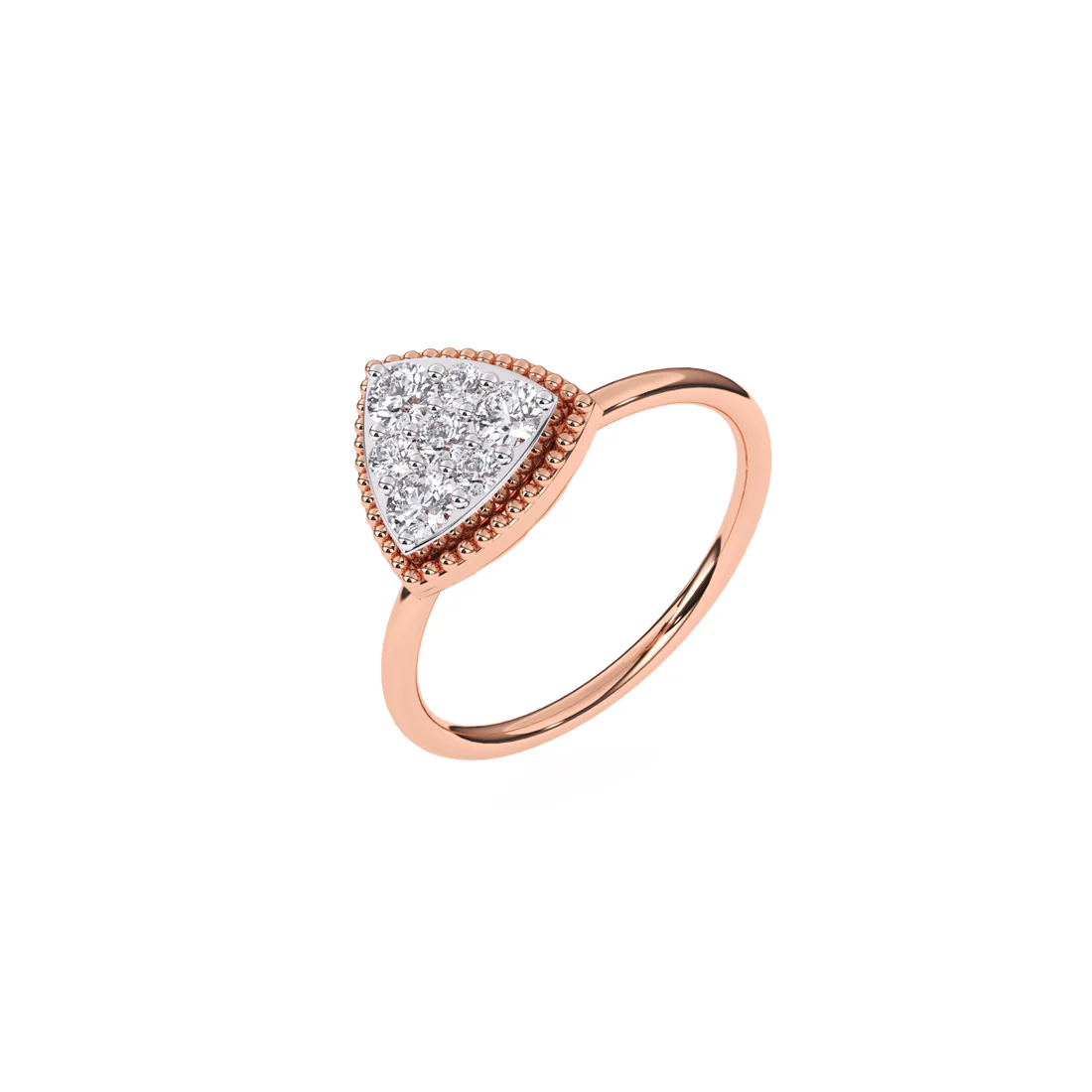Introduction
In recent years, lab-grown diamond rings have surged in popularity, becoming a favorite among conscious consumers. But what exactly are lab-grown diamonds, and why are they gaining traction? This guide dives deep into everything you need to know about lab-grown diamond rings, from their creation to their many benefits.
Understanding Lab Grown Diamonds
What Are Lab Grown Diamonds?
Lab-grown diamonds, also known as synthetic or cultured diamonds, are created in a controlled laboratory environment using advanced technological processes. Unlike natural diamonds that form over billions of years deep within the Earth’s crust, lab-grown diamonds are cultivated within weeks or months.
How Are They Made?
There are two primary methods to create lab-grown diamonds:
High Pressure High Temperature (HPHT)
HPHT mimics the natural conditions under which diamonds form. Carbon is subjected to high temperatures and pressures, leading to the formation of a diamond crystal.
Chemical Vapor Deposition (CVD)
CVD involves placing a diamond seed in a chamber filled with carbon-rich gas. As the gas ionizes, carbon atoms deposit onto the seed, gradually forming a diamond.
Differences Between Lab Grown and Natural Diamonds
While both lab-grown and natural diamonds are chemically identical, lab-grown diamonds have fewer impurities and can be produced in a more environmentally friendly manner. Additionally, lab-grown diamonds are typically more affordable than their natural counterparts.
Benefits of Lab Grown Diamonds
Environmental Impact
Lab-grown diamonds are significantly more sustainable than mined diamonds. The mining process disrupts ecosystems, consumes vast amounts of water, and generates considerable carbon emissions. In contrast, lab-grown diamonds require less energy and water, resulting in a smaller environmental footprint.
Ethical Considerations
Ethically, lab-grown diamonds are a clear winner. The diamond mining industry has long been associated with human rights abuses and conflict diamonds, also known as blood diamonds. Lab Grown Diamond Rings eliminate these concerns, providing a conflict-free and ethical alternative.
Cost-Effectiveness
One of the most attractive aspects of lab-grown diamonds is their cost. They are generally 20-40% cheaper than natural diamonds, making them a budget-friendly option without compromising on quality or beauty.
Quality and Purity
Lab-grown diamonds often exhibit better clarity and fewer flaws compared to natural diamonds. This is because they are created in a controlled environment where conditions can be optimized to minimize imperfections.
Choosing Lab Grown Diamond Rings
Understanding the 4 Cs (Cut, Clarity, Color, Carat)
Just like natural diamonds, lab-grown diamonds are evaluated based on the 4 Cs:
- Cut: Refers to how well the diamond is shaped and faceted.
- Clarity: Indicates the presence of internal or external flaws.
- Color: Assesses the diamond’s colorlessness.
- Carat: Measures the diamond’s weight.
Certification and Grading
Always look for diamonds that come with certification from reputable organizations like the Gemological Institute of America (GIA) or the International Gemological Institute (IGI). These certifications ensure the quality and authenticity of the diamond.
Customization Options
Lab-grown diamonds offer a wide range of customization options. From the cut and size to the setting and band material, you can design a ring that perfectly matches your style and preferences.
Popular Styles and Settings
Solitaire
A classic and timeless choice, solitaire rings feature a single diamond, allowing the stone to take center stage.
Halo
Halo rings surround the center diamond with a circle of smaller diamonds, adding extra sparkle and creating the illusion of a larger stone.
Vintage
Vintage rings often feature intricate designs and details, drawing inspiration from different historical eras for a unique and elegant look.
Modern
Modern styles embrace sleek, minimalist designs with clean lines and innovative settings, perfect for those who prefer a contemporary aesthetic.
Buying Guide
Finding Reputable Sellers
To ensure you’re getting a high-quality lab-grown diamond, purchase from reputable jewelers who specialize in lab-grown diamonds. Research reviews, check credentials, and seek recommendations.
Online vs. In-Store Purchases
Buying online can offer more variety and better prices, but in-store purchases allow you to see the diamond in person. Weigh the pros and cons of each option based on your preferences.
What to Ask Your Jeweler
When purchasing a lab-grown diamond ring, ask your jeweler about the diamond’s origin, certification, and any warranties or return policies. Being informed helps you make a confident purchase.
Caring for Your Lab-Grown Diamond Ring
Cleaning Tips
Regularly clean your diamond ring to maintain its sparkle. Use a soft toothbrush, mild soap, and warm water to gently scrub the diamond and setting. Avoid harsh chemicals that can damage the metal.
Maintenance Advice
Schedule professional cleanings and inspections to ensure the setting remains secure and the diamond stays in top condition. Proper maintenance can extend the life of your ring.
Insurance Considerations
Insuring your lab-grown diamond ring protects you against loss, theft, or damage. Check with your insurance provider to find a suitable policy that covers your valuable investment.
Conclusion
Lab-grown diamond rings offer a sustainable, ethical, and affordable alternative to natural diamonds without sacrificing beauty or quality. As conscious consumerism continues to rise, these sparkling gems are becoming a popular choice for those seeking elegance and responsibility in their jewelry purchases. The lab grown diamond earrings were a thoughtful anniversary gift, symbolizing the couple’s everlasting love and commitment in an ethical and eco-friendly way.
FAQs
Are lab grown diamonds real diamonds?
Yes, lab-grown diamonds are real diamonds. They have the same physical, chemical, and optical properties as natural diamonds.
Do lab grown diamonds hold their value?
Lab-grown diamonds typically do not hold their value as well as natural diamonds. However, their affordability and ethical benefits often outweigh this consideration for many consumers.
How can I tell if a diamond is lab grown?
Only a trained gemologist can distinguish between lab-grown and natural diamonds using specialized equipment. Certification from a reputable gemological institute will confirm a diamond’s origin.
Are lab-grown diamonds eco-friendly?
Yes, lab-grown diamonds are more eco-friendly than mined diamonds. They require less energy and water, and their production does not involve disruptive mining practices.
